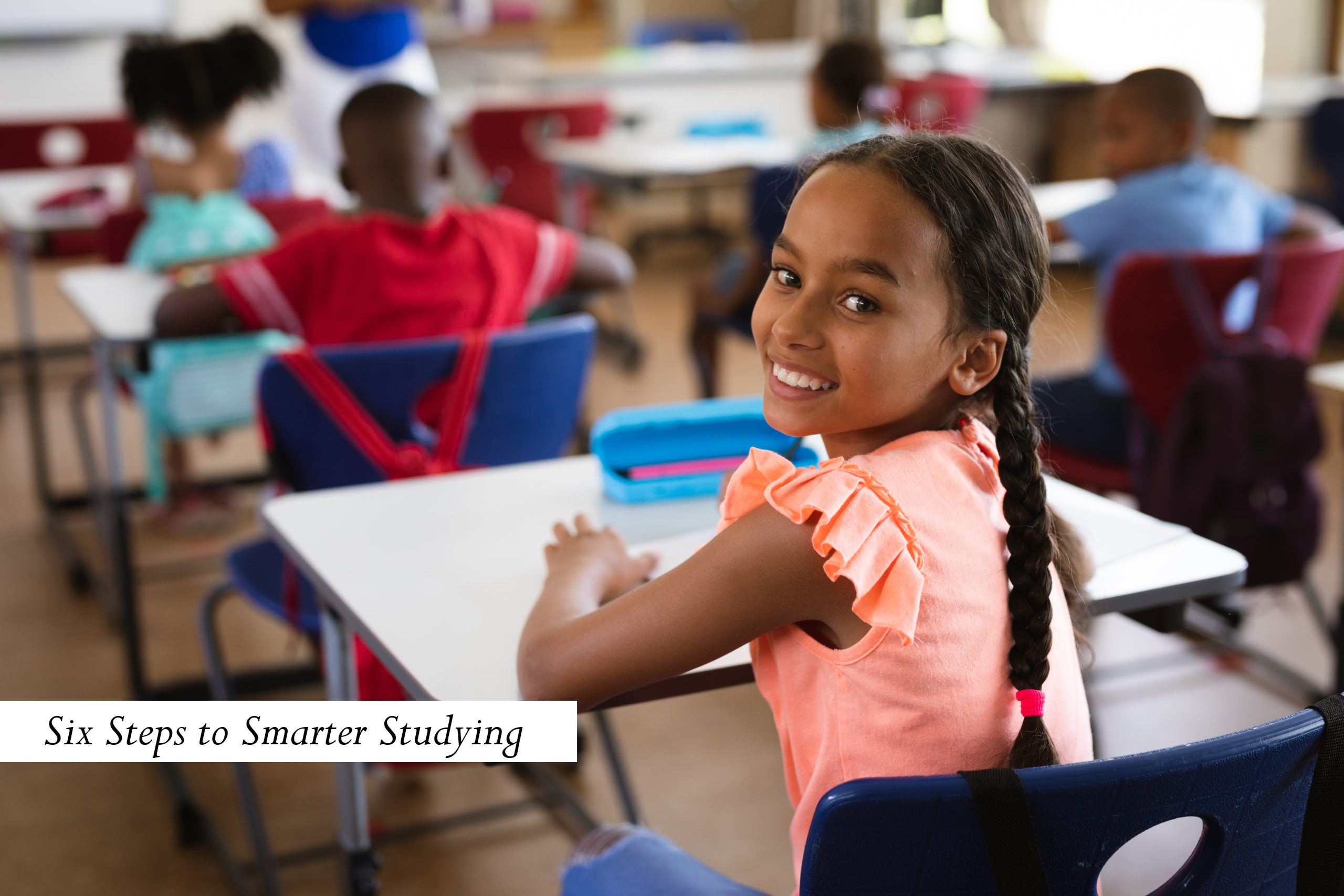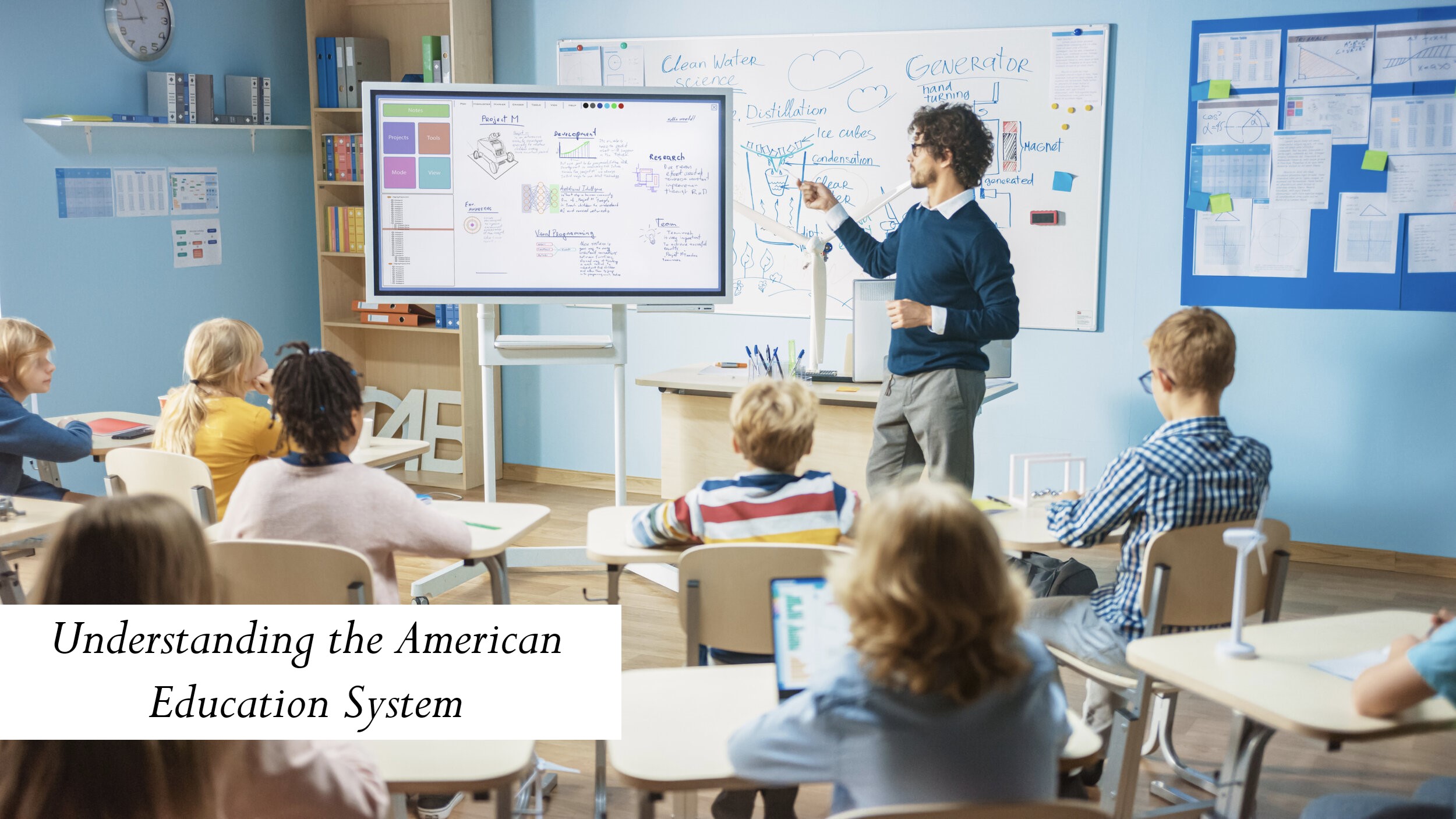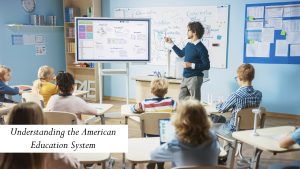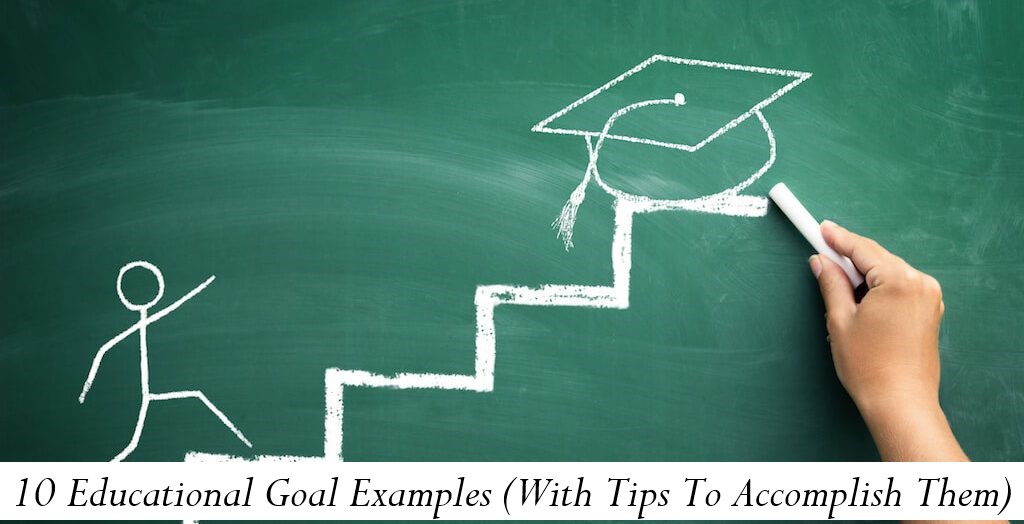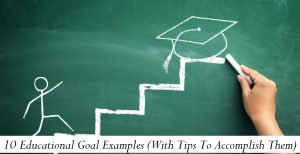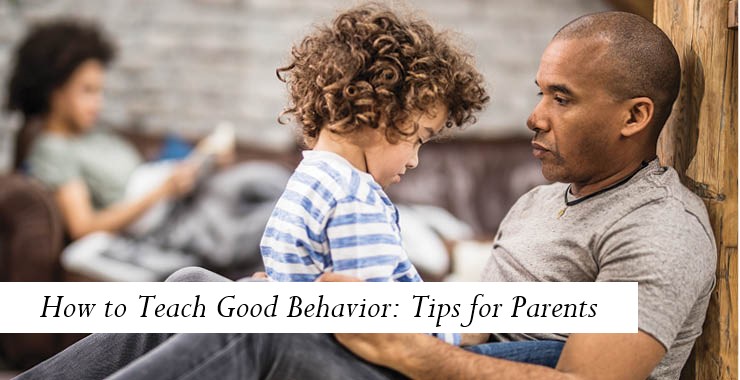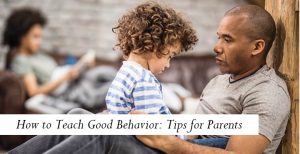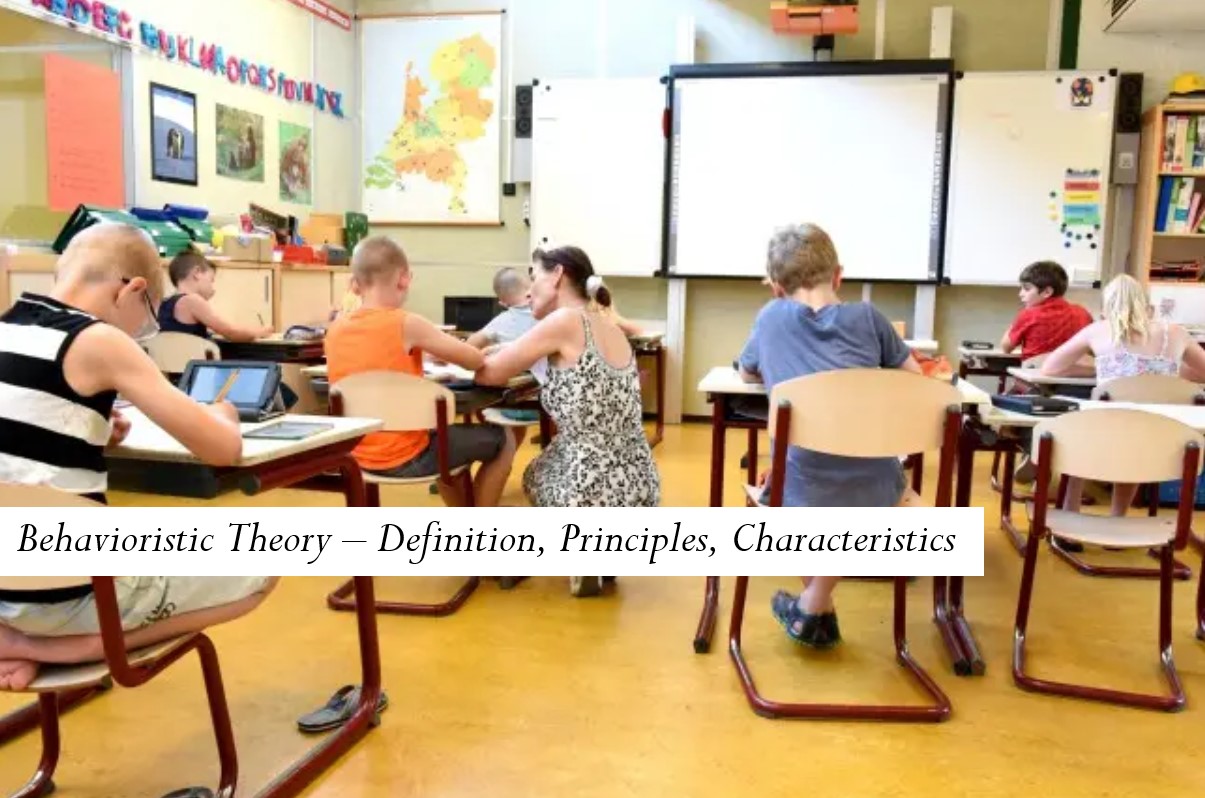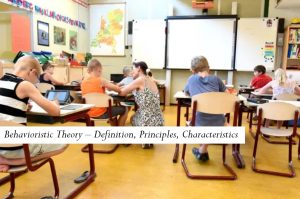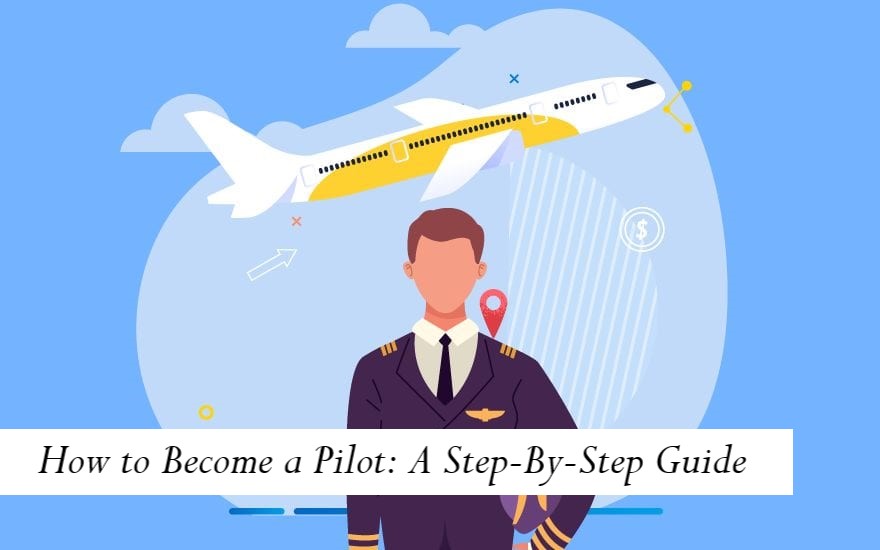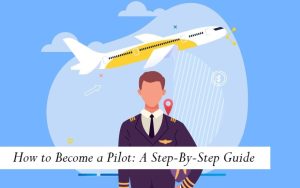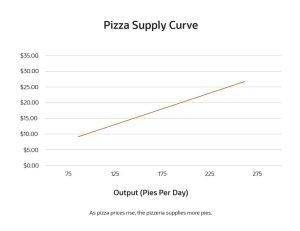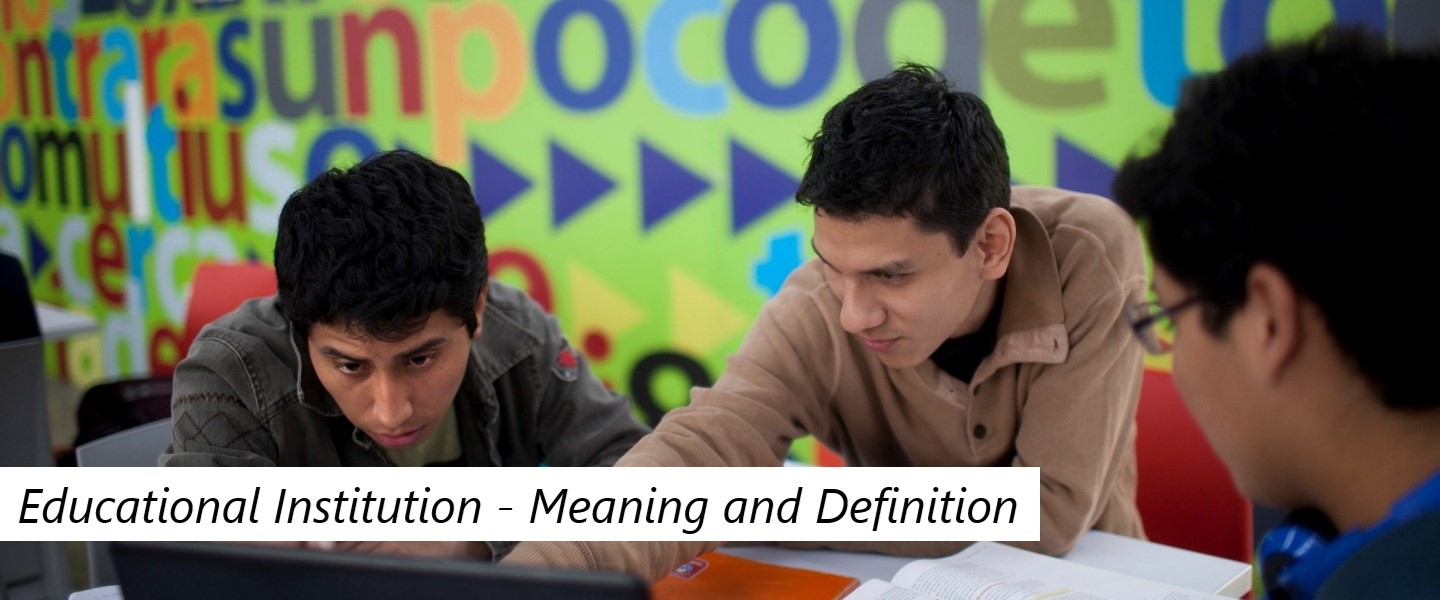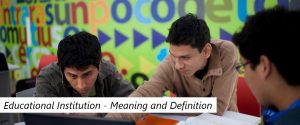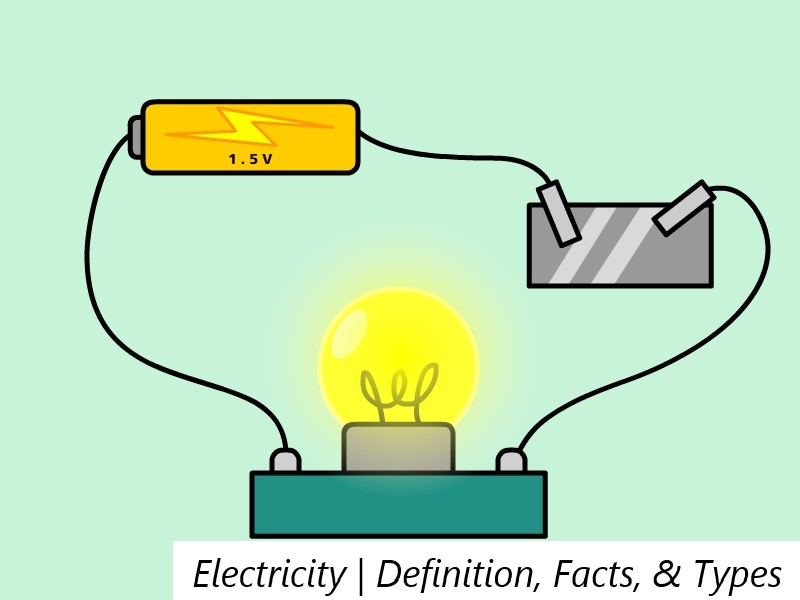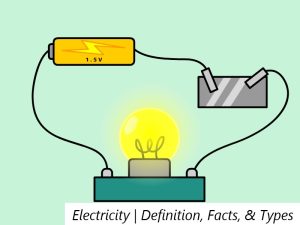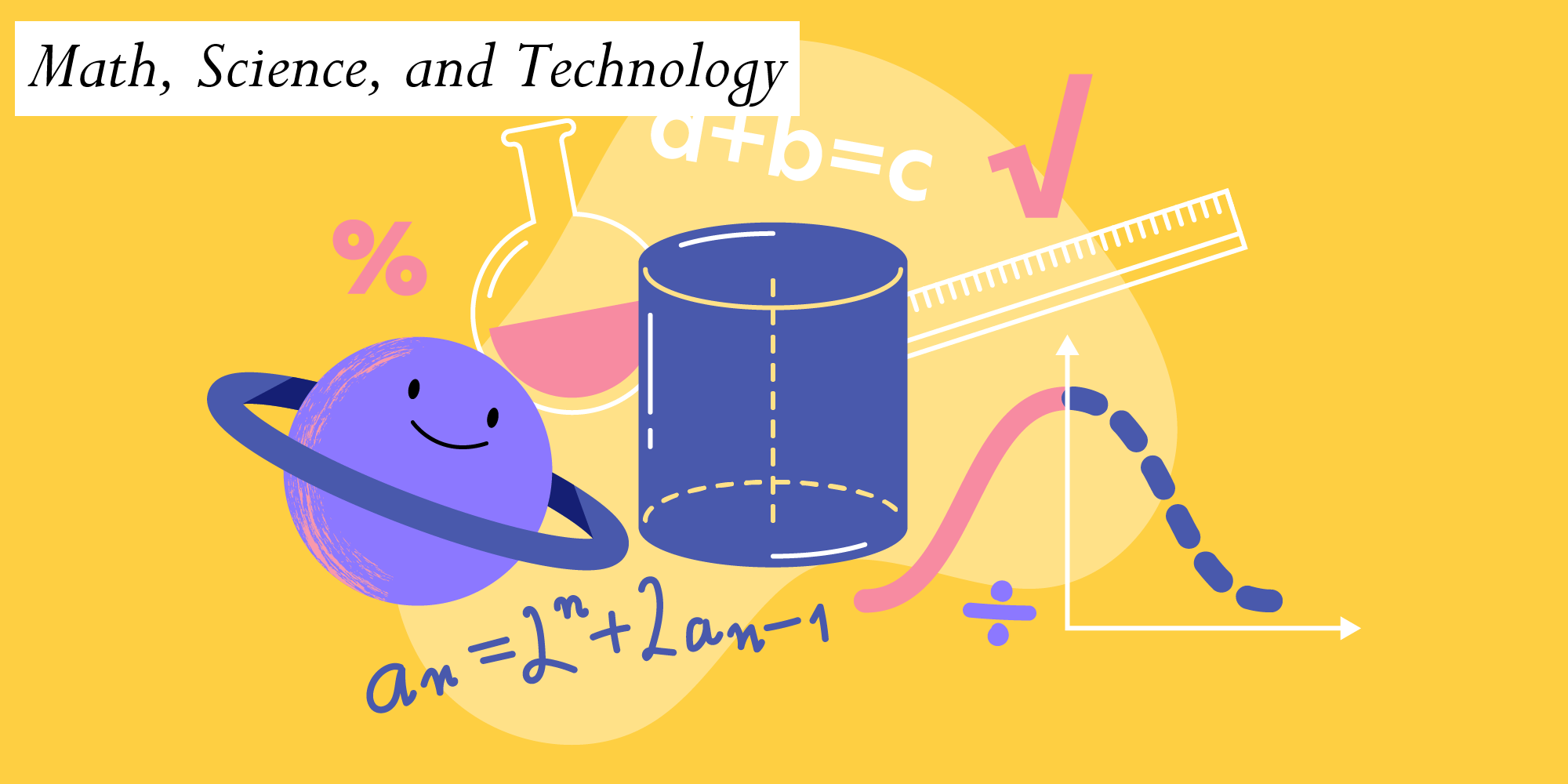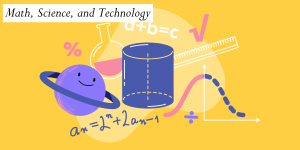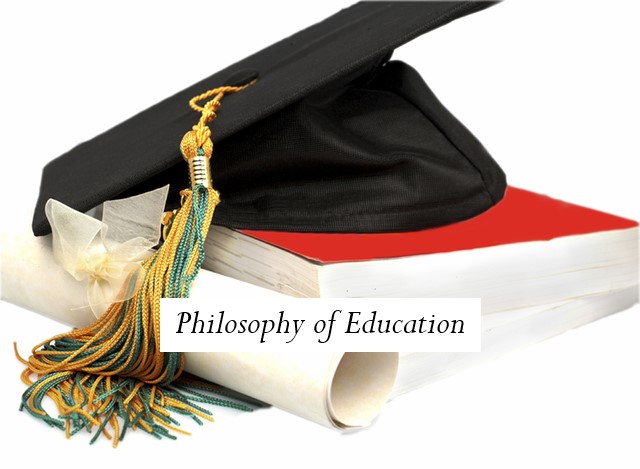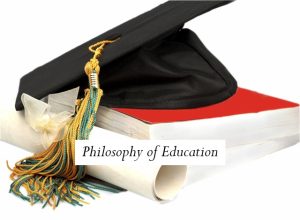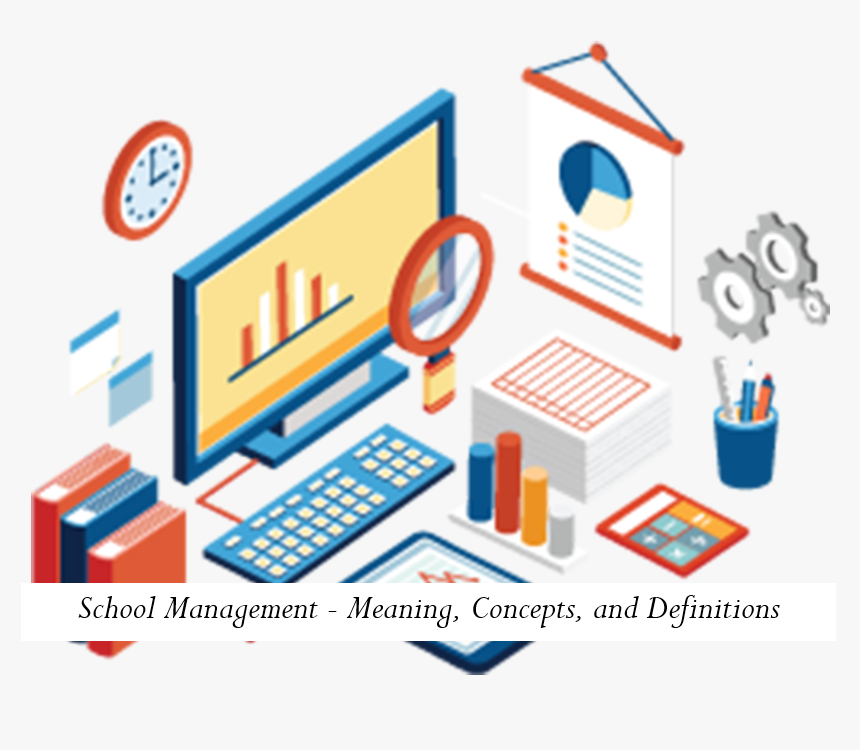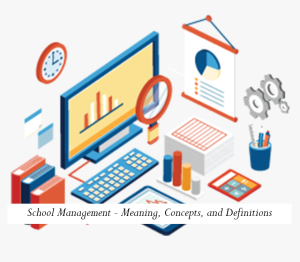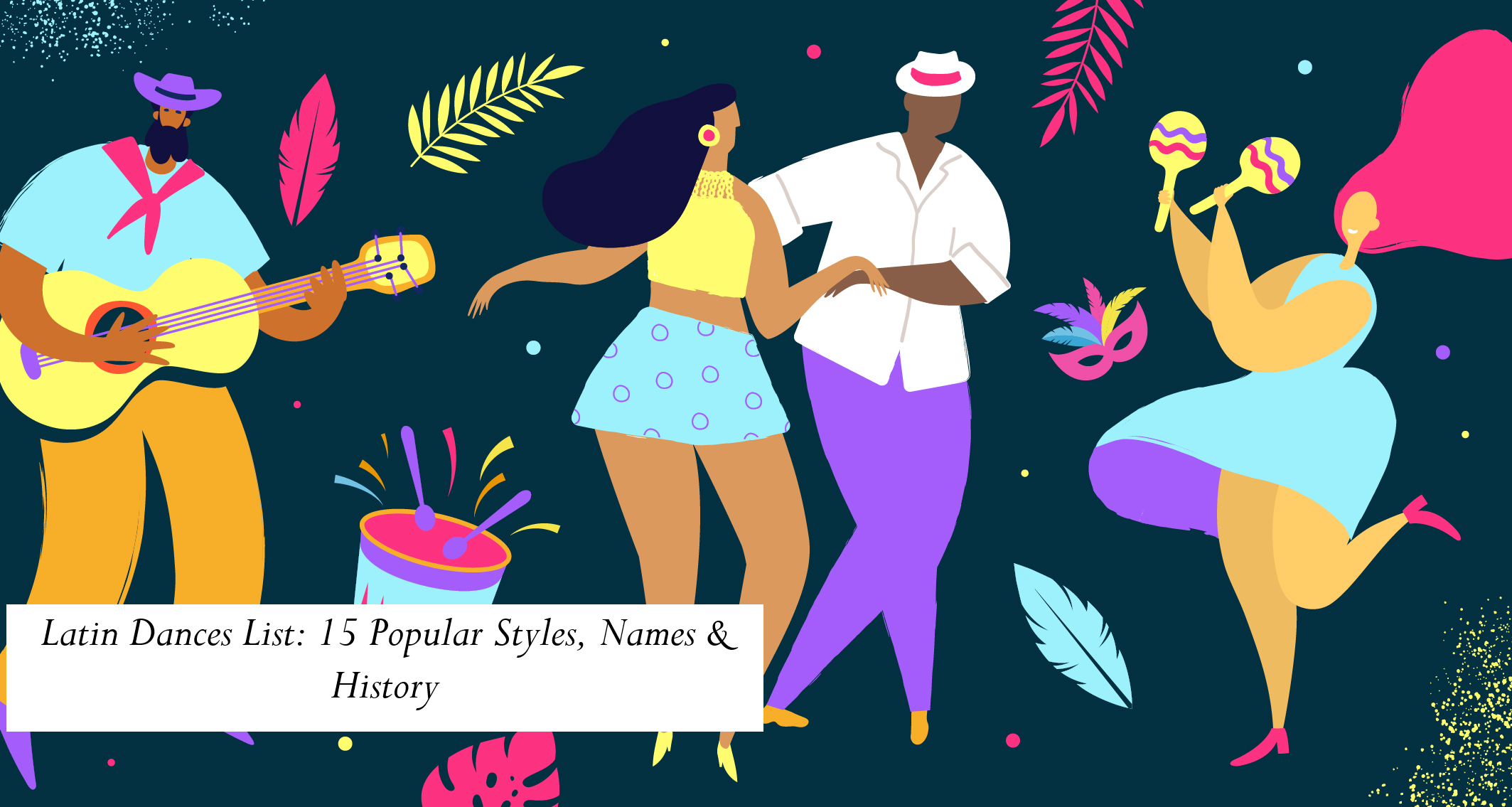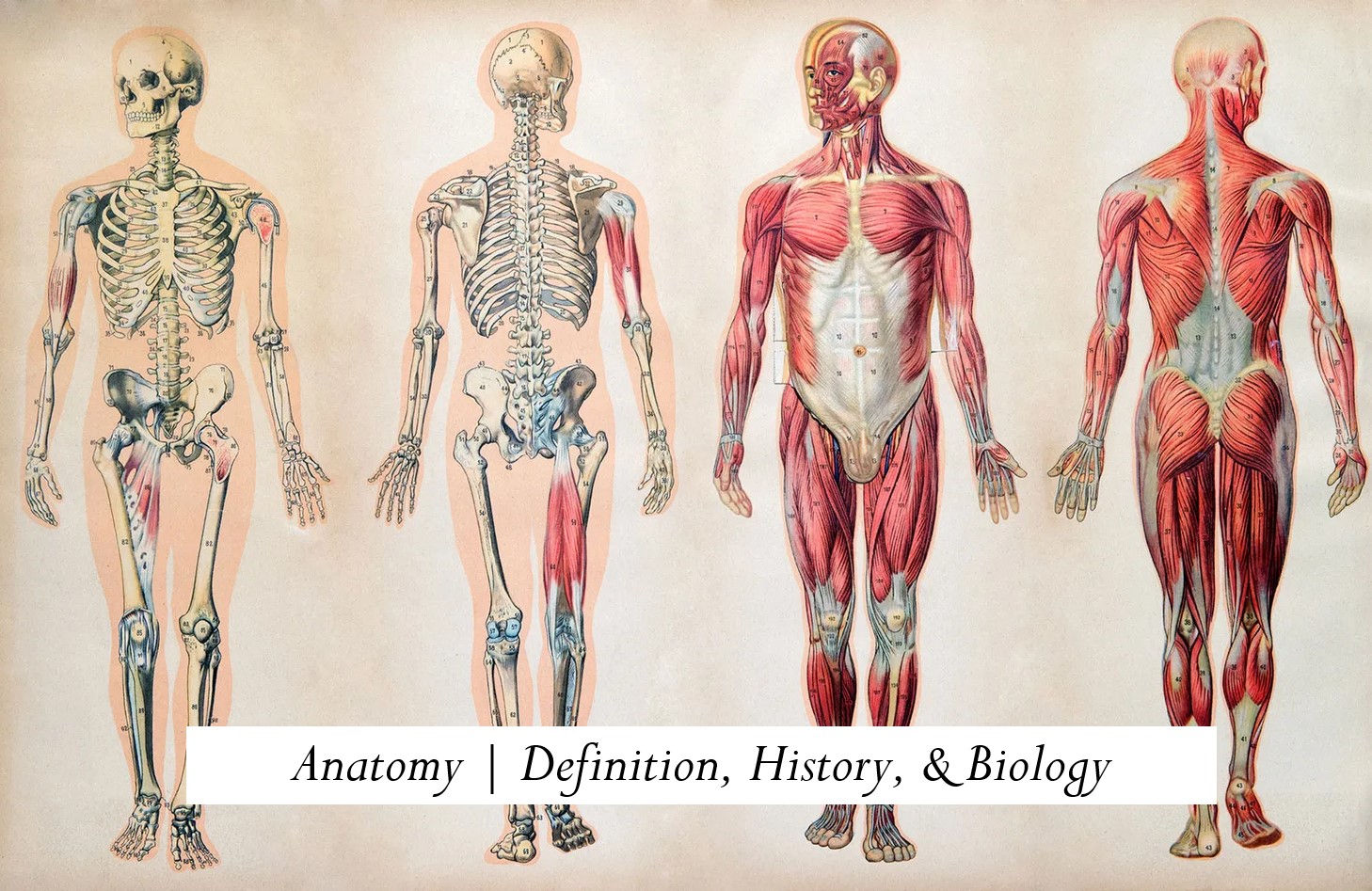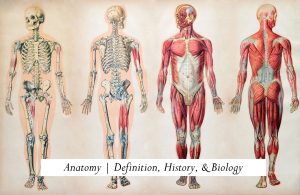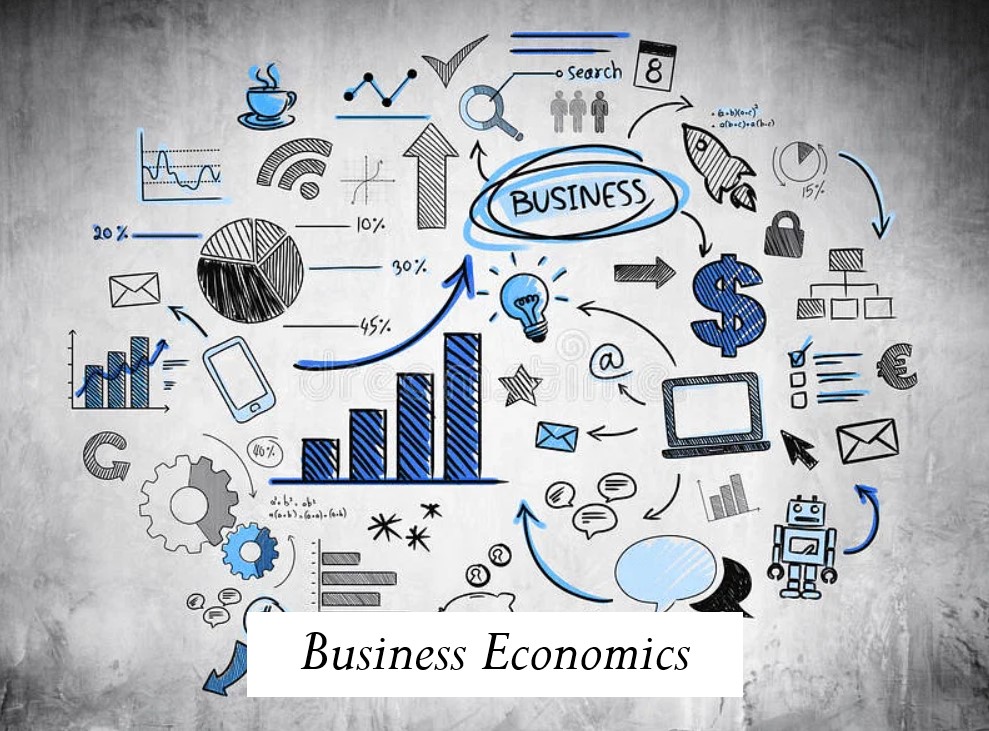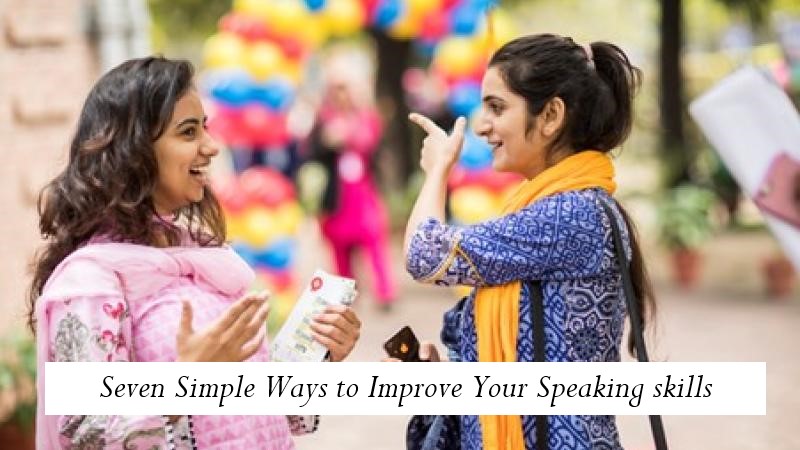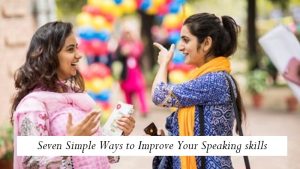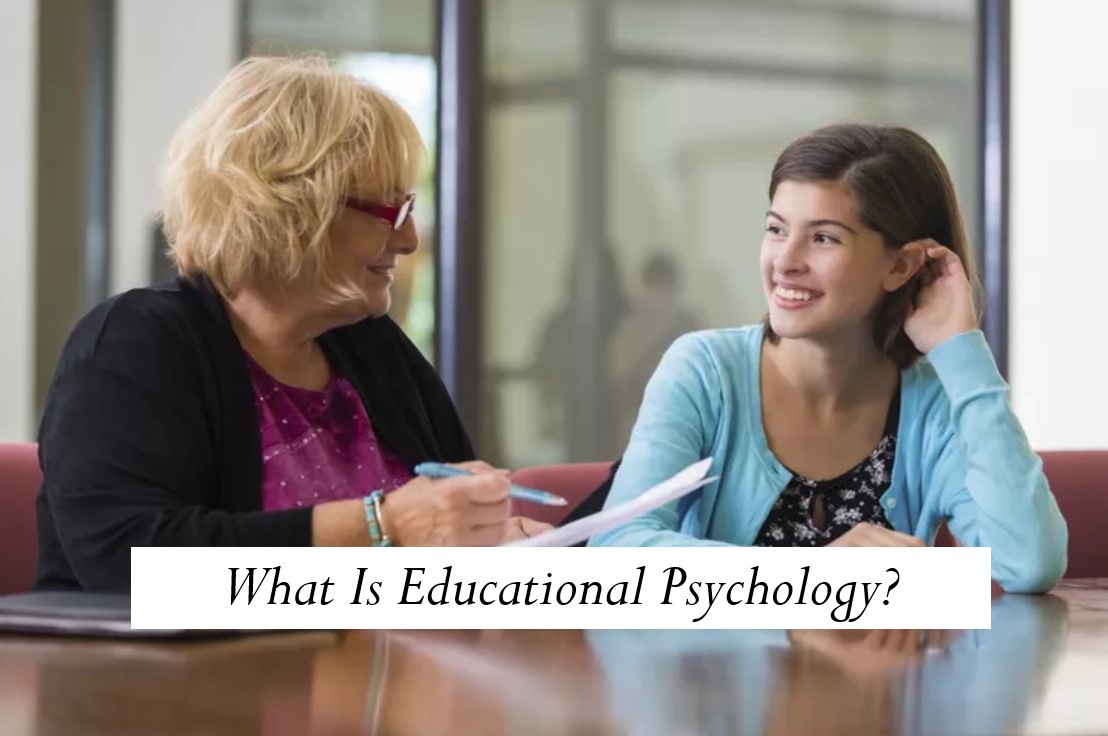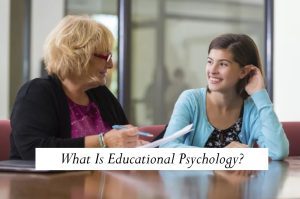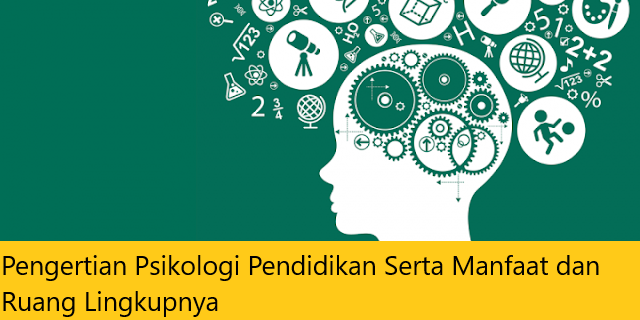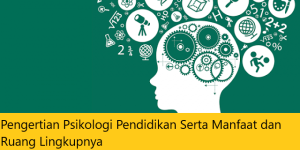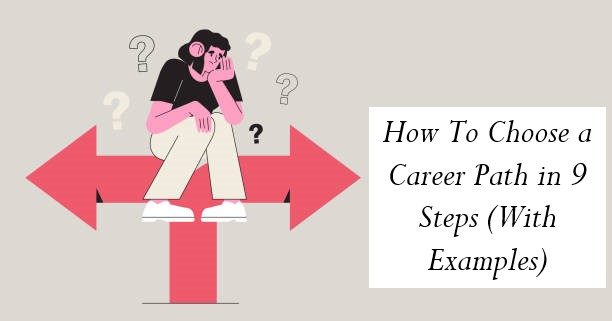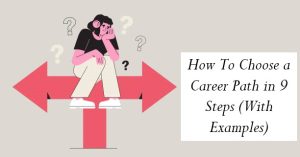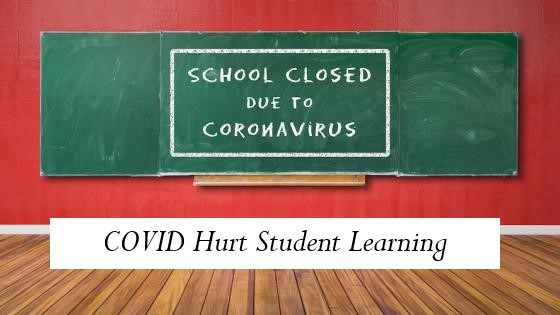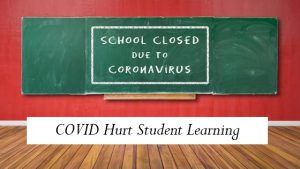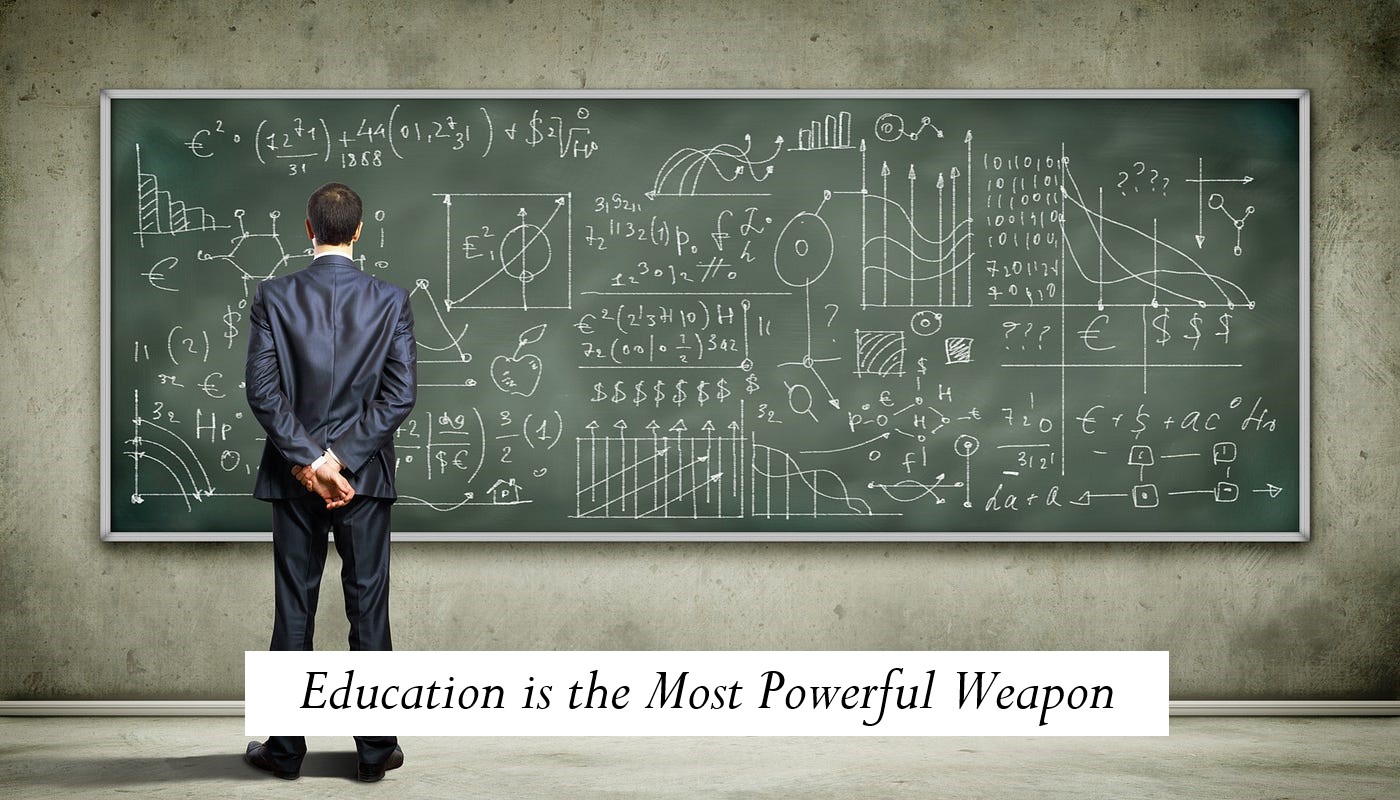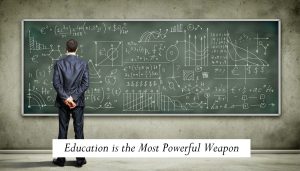
www.jyoungblood.com – If you’re thinking of how to become an entrepreneur then, congratulations, because you’ve already taken the first step. That’s because “being” an entrepreneur is less about specific accomplishments or accolades, and more about the mindset.
In fact, if you were to search for “entrepreneurial mindset” you’re likely to find dozens of blogs, videos and webinars discussing secrets and characteristics of how entrepreneurs work to develop a mindset that focuses on achieving success. So if you’re thinking about it, you’re probably motivated to explore it more deeply and perhaps, ultimately, pursue it.
The reason developing a mindset is so important is because, to really be an entrepreneur, to truly embody that creative drive and determination, you need to develop a fundamental nature in how you think of a problem or approach an issue. Just following a checklist of “have an idea, get a loan and then start a business” isn’t going to do you any good when you come across a problem that you don’t already have an answer for, and no list – not matter how thorough – is going to light that fire of inspiration to help see you through difficult times.
Not everyone is going to have an intrinsic mindset of an entrepreneur, but the principles and process can be learned – after all, you were born unable to walk or talk, but that didn’t prevent you from learning how. Becoming an entrepreneur is about learning to recognize the knowledge you need to acquire and the moves you’ll need to make.
So don’t think of this list as “set-in-stone” directions, it’s more like touchpoints for your journey – you might not even follow it in order! Maybe you’re starting with a great idea instead of building towards one, or maybe you are already part of a motivated team looking for a new opportunity. Whatever your circumstance, consider these steps when thinking of how to start out as an entrepreneur.
7 Steps to Becoming an Entrepreneur
1. Build Your Skill Set and Knowledge Base
No matter what, you want to start and stay curious. There’s a lot out there to learn, more than you’ll ever have time to master and any entrepreneur needs to be adaptable and open to new information. That can seem daunting, but there are a few things you can do to simplify the process of continual learning.
- Take a “first principles” approach to problems – as Elon Musk has said, first principles is a “good framework for thinking… boil things down to their fundamental truths and reason up from there, as opposed to reasoning by analogy.”
- Get comfortable with research – subscribe to trade publications to see what’s trending within an industry. Research the market you’re interested in exploring. Get out and meet people who are doing the things you want to do; not only can they provide good advice, they’ll be an invaluable part of your network.
- Focus your attention on what matters – while some serial entrepreneurs have a reputation of being jacks-of-all-trades as they jump around from industry to industry, you can likely find more success by focusing on an area of interest and specialization. Pursue a degree or program that teaches entrepreneurial skills and knowledge specific to the industry that you want to get into.
2. Build Your Network
No one ever succeeded alone. Every successful entrepreneur has benefited from their own network of mentors, partners, employees and investors. Once you’ve found a mentor or advisor who can assist you, it’s important to reach out and find other systems of support.
- Unsure of how to go it alone? Partner with a cofounder or small team that will offer complementary skills to your own. Being part of a larger whole provides additional skills and expertise, plus it can make it easier to secure funding.
- Talk to friends and family about your venture. Not only are they the surest way to secure additional support, some might be sources of possible “seed” funds or low/no interest loans.
- Get professional help! Research and vet professionals like financial advisors and lawyers that you feel comfortable trusting and relying on – you’re going to need them.
3. State Your Idea, Claim Your Niche
If you don’t already have a solid idea, then it’s time to consider what type of product or service you’re able to offer and – more importantly – what’s going to set you apart from everyone else.
- Start exploring solutions for every-day problems or frustrations experienced by friends and family and your target markets. As Entrepreneur magazine explains, the most innovative startups are often simple solutions to common problems.
- Determine if you’re going to meet an underserved demand or improve on an existing service. The former is a way to claim a space within a market and differentiate yourself from competitors. The latter is more disruptive, where you can position your business as a new way of doing things.
- As always, you’ll want to do your research on the categories and fields you’re thinking of entering and start asking questions about how a new product/service can exist within that space. If you’re unsure of how to do the legwork, or need to dedicate time to other aspects of your startup, consider hiring a marketing researcher for assistance.
4. Find and Understand a Market
The best product in the world isn’t going to succeed if there isn’t a market interested in buying it. Starting broad may seem like a good idea, after all that’s the highest possible number of buyers, but trying to sell to everyone means that you’re really selling to no one. To get a better idea of what your market is going to be, you’ll need to develop an understanding of what people are looking for.
- Who are the people most likely to buy from you or would be most interested in your service?
- Develop profiles of your potential buyers – what jobs do they have? What lifestyles do they lead? What needs do they have? What pain points do they experience?
- Narrow your list down to the best opportunities and select the one that you want to start with first.
- Set up interviews or surveys with people who fit that profile to continue refining that initial understanding. Which pain points are most urgent for them? Would they prioritize convenience over price? What benefits of your product/service might excite them the most?
5. Design Your Business and Idea
Once you’ve settled on what you want to do, then you’re going to have to outline your business structure and develop your product to show that it’s viable. That’s the only way you’re going to be able to win over investors.
- It’s time to start laying out exactly how your business will be moving forward. You’ll want to create a business model, aka a business plan, that details how your business will be organized, a prospective budget for the future, details on how your business will make money. If you’re looking for models to follow, consider these business plan templates from Score and from Hubspot.
- Plan out the sales process that you’ll use to acquire new customers. What’s your marketing strategy – are you using certain social media accounts? Are you attempting a viral marketing campaign? What sales materials will you need? Most importantly, what’s the process by which you’ll convert those who express interest into actual sales?
- It’s time to truly show what your business is about and build out a proof of concept, or what’s also known as a minimum viable product (MVP). The MVP, whether it’s software, a service or a physical product, should be capable of executing the basic and most important functions of your idea.
6. Secure Finding
You have a plan and you have a product, now it’s time to secure the funding that you’ll actually need to start up your business and get it running. Depending on your product and market, you have several options available.
- You can attempt to start with securing initial funding or loans from friends and family. Trust levels are high and you might even be able to receive the funds without having to pay interest or offer too much of a share in your company. Of course, this entirely depends on the level of wealth and assets of the people you know.
- A far more likely scenario is that you’ll have to make a pitch to secure funding from venture capital (VC) firms or angel investors. Both are able to provide large amounts of initial funding for startups with the promise of even larger returns through owning stakes in the company. Start by looking at organizations that connect entrepreneurs with funders, such as the National Venture Capital Association and Angel Investment Network.
- There’s also the opportunity to secure small business grants and loans. These investments differ from VCs and angel investors by offering (generally) smaller amounts of initial capital and having specific requirements: loans will need to be repaid with interest over time, while grants are reserved for meeting certain conditions – such as assisting minority or underprivileged communities. Read more about business grants and business loans at the SBA
- Rather than trying to secure a few large amounts of funding, you could attempt to crowdfund your business through hundreds, or thousands, of smaller donations. With modern digital technology, there are several options for running a crowdfunding campaign, through platforms like Fundable or WeFunder.
7. Build Your Business
Once you’ve gotten this far, now the real work begins. Time to put that funding into place, build out your first real product, and get it out to your target market.
- You will need to establish a location for your business, whether you’re renting out an office space for your team to work in or you’re leasing a building in a downtown location. Or, perhaps your business is entirely online and all your employees are expected to work from home. At the very least you’ll need to claim a website to both promote your business and allow customers to learn about your product and contact your business.
- You’ll need to consider the actual structure of your organization and what your plans are for incorporating your business. At the very least you should consider the option of registering as a limited liability company (LLC) to both build the credibility of your business and protect your personal finances.
- Keep working on promoting and marketing your business! After the initial buzz dies off you’ll still need to find ways to reach out to new, prospective customers and announce the latest updates and developments of your product. Review the metrics of your campaigns and social media channels to determine what’s working, and what’s not, and what you should be doing to effectively advertise.
What Are Some Common Entrepreneurship Pitfalls?
Not every business succeeds, in fact roughly 50% of businesses fail within the first few years. Around just 15% of startups actually manage to achieve large venture returns for their investors. The others, if they don’t go out of business, just manage to sustain themselves without generating any real returns for their owners or investors. There are dozens, if not hundreds, of specific reasons why a business won’t succeed. In general terms, here’s what aspiring entrepreneurs need to be most mindful of:
- Running out of money – This is THE #1 killer of startups – all businesses really – and is almost impossible to plan around, as there are no guarantees that a product or service will take off. The best you can do is to get a solid plan into place and then be open to shifting your direction or focus as needed. Changing markets and environments require businesses to be agile and no amount of initial success will guarantee continued growth or sustainability.
- Too much debt – This is related to running out of money, as high levels of debt can cripple businesses, choking off additional sources of income as lenders or investors are scared off. The challenge of securing initial funding means that some businesses will settle for high-interest loans in order to get started, but that sort of devil’s bargain can hinder a company before it ever gets to establish itself.
- Not keeping the personal and business separate – As an entrepreneur, it can be all too easy to overleverage yourself in a new startup. However, using your own credit as a means for funding could ruin you financially. Not incorporating or registering as an LLC can make you personally liable for actions your company takes. That restriction goes both ways, as entrepreneurs who treat their business’ assets as their personal piggy bank are undercutting their own success.
- Internal conflict – Disagreements with a co-founder or disgruntled employees can hold up production, disrupt communication, or even dissolve the business. Try to resolve conflicts as amicably as possible, and don’t let hurt egos sabotage your working relationships. As the owner or CEO of your business, you will need to absorb a lot of the uncertainty, even when things aren’t looking great, as too much uncertainty will disrupt productivity.
- Incompatible culture – Everyone brings their own backgrounds with them, employing different workstyles, possessing different value systems and having different expectations. When people are committed to “what has worked before,” it can make it difficult to pivot when change is needed. Entrepreneurs will need to effectively manage the culture of their business, keeping everything moving forward in a disciplined manner while being as flexible as possible.
What Are the Typical Entrepreneurship Salary Ranges?
An entrepreneur’s salary range is about as wide as they come. The problem lies with how “entrepreneur” is categorized by organizations like the Bureau of Labor Statistics and how challenging it is to estimate average salaries considering the vast differences in the scale between Bill Gates or Jeff Bezos vs. the owners of a local mom and pop store. Depending on a whole range of factors, entrepreneurs can risk losing money or stand to make millions, with the most successful of startup entrepreneurs entirely within a league of their own.
You can also consider leveraging your entrepreneurial experience as a part of an established company. “Intrapreneurs” who utilize their drive and knowledge as an advisor, consultant or within a C-suite position can make on average over $110,000 a year. Whether you establish yourself as the CEO of your own company or work your way up to the top, the highest level executives can make upwards of $142,000 a year, with the most successful positions making more than $200,000.
Looking to maximize your potential for success? One particularly interesting pattern we’re seeing is that out of the top 40 entrepreneurs under the age of 40, the majority of them are in tech or tech-related industries.
How Can I Find the Best Entrepreneurship Degree Program?
If you’re really looking for an advantage in how to become an entrepreneur, consider investing in a degree that walks you through the theory and practice of successful entrepreneurship. A graduate degree will also prepare you for higher level corporate careers.
Find a program that highlights the study of business principles, including finance, marketing, management and accounting. See if they offer specialized entrepreneurship classes on concepts like Social Branding, Launching and Leading Startups, or Venture Capital and Private Equity.
You’ll also want to investigate whether they promote hands-on experience through collaborative research opportunities, business competitions, study abroad and real-world networking events.
Finally, determine if a program is flexible enough to work with your schedule. Online degree programs not only enable distance learning, they can be one of the most affordable ways to advance your education and career.
We suggest you start your search for entrepreneurial degrees with the University of San Diego’s Master of Science in Innovation, Technology and Entrepreneurship. It’s perhaps the only degree jointly developed and awarded by a university’s schools of business and engineering to assist tech innovators, business professionals and startup entrepreneurs in bringing their ideas to the fullest potential.
Entrepreneur FAQs
Why are there seven rules?
We liked the number. Seriously, any list of “how to become an entrepreneur” is somewhat arbitrary. It could be a macro list of three things or a micro list of 50. What they all have in common is they try to impart fundamental concepts and habits that you can take forward in your future endeavors.
What are my resources for securing funding?
Arguably THE most important question, as even the world’s greatest idea isn’t getting anywhere without the capital to get it started. You do have access to multiple resources, though some can be quite competitive, so be sure to do your research. Options include:
- Find programs your company qualifies for at Grants.gov
- Use crowdfunding sites like Kickstarter, Indiegogo, GoFundMe
- Pitch your business plan to Angel Investors and Venture Capital firms
- Get an SBA microloan or find a nonprofit lender
- Use your credit IF you can confidently pay the balance
Is it better to go it alone or find a cofounder?
Do you like working with others? If it’s important that you’re the undisputed head of a startup, then it may be better to ensure that the people you hire understand that they work for you, and that while your investors may own stakes in the company, they don’t have a hand in day-to-day operations.
However, don’t overlook the positive values of having cofounders. Partnering with someone who shares your drive and passion can go a long way toward getting through the initial startup phase and can bring more support and energy into the development process.
How can I market my business?
This could be a whole post unto itself, and there are certainly a lot of options out there, from promoting on social media, to partnering with influencers to just straight up paying people to use and review your product. The best advice would be, whatever medium or method you plan on using, to start the process early. Even during the funding phase, especially when using crowdfunding sources, you’ll want to think about how you’ll advertise your product and what your target market is looking for. If you’re able to generate that initial excitement and interest, then there’s a good chance you’ll turn your early adopters into advocates and evangelists who will continue to spread the word about your business.
What’s the difference between an Entrepreneur and a Freelancer?
“Entrepreneur” as a concept can get used for a lot of different cases. For this blog post we’ve approached it mostly through the lens of a startup, not necessarily a small business owner or freelancer. While both small business owners and freelancers share some traits with entrepreneurs – they are independent, self-reliant risk takers – they do have some important differences.
Freelancers earn money through their direct work, often turning a passion or hobby into their job. An entrepreneur is more interested in creating the business itself, and generally hopes that they’ll earn a large return down the line when they sell their business or go public. This is also in contrast to small business owners, who often start up their businesses with the intent to be in operation for decades and have gradual growth, whereas an entrepreneur is more interested in exponential growth in a shorter time frame.
What’s the difference between an Entrepreneur and an Intrapreneur?
An “intrapreneur” has the same innovative drive as an entrepreneur does, but rather than starting a new business, is more comfortable working within an established company. Intrapreneurs are likely to lead new initiatives within a company, or push for new product development or establish new departments. Working within a system of support, they are exposed to less risk, but don’t have the same level of freedom or independence as an entrepreneur. For some, intrapreneurship could be a first step on the way to entrepreneurship.



